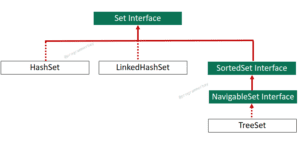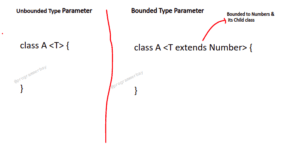Cache and Associative memory are memory units used to store data.
Cache memory is very fast and stores frequently used instructions, from where CPU can access them immediately if needed, whereas, Associative memory is comparatively slow and uses data or content to perform searches.
DIFFERENCE BETWEEN ASSOCIATIVE MEMORY AND CACHE MEMORY:
| ASSOCIATIVE MEMORY | CACHE MEMORY |
|---|---|
| In the case of associative memory, as we know from the name CAM (Content Addressable Memory) that it is addressed by the type of content | In case of cache memory, a very small amount of memory which speeds up the accessing time of the main memory from your system |
| This type of memory is used to serve as the parallel data search mechanism | This type of memory is used to carry data from the secondary memory to the main memory which increases the access speeds |
| This memory is used to implement the parallel data search mechanism, in this the content is matched with the existing data in the memory and if that data matches with the content then that very memory unit is accessed | This memory basically resides in the main memory of the CPU; the job of this very memory is to implement certain kind of mapping between those pieces of data that are currently stored in the main memory |
| This memory is considerably cheaper than the cache memory | This memory is considerably expensive as compared to the associative memory |
| It is quite slower than the cache memory | It is very faster as compared to the associative memory |
ASSOCIATIVE MEMORY:
The type of memory in which part of the content is used to access the memory unit is called Associative memory. It is commonly known as CAM (Content Addressable Memory).
In Associative memory, read and write operations from a memory location is done on the basis of its content. For the write operation, the memory has the ability to search itself an empty location to store the respective data without requiring any physical address. On the other hand, to perform read operation, a part of related content is required which then would be used in retrieving all the matching contents.
CACHE MEMORY:
The type of memory which is very fast, paced and considerably small in size which is basically used to access the main memory is called Cache memory.
Cache memory stores all the recent instructions from main memory in order to make readily available to the CPU. It lies between register and main memory. It usually stores only limited data such as instruction that is needed by CPU, User inputs and more.
It can be possible that a data which is demanded by CPU might not be present in Cache, this is referred as Cache miss. In such case, main memory comes into picture and provides that particular data block to Cache which then handed over to CPU.



